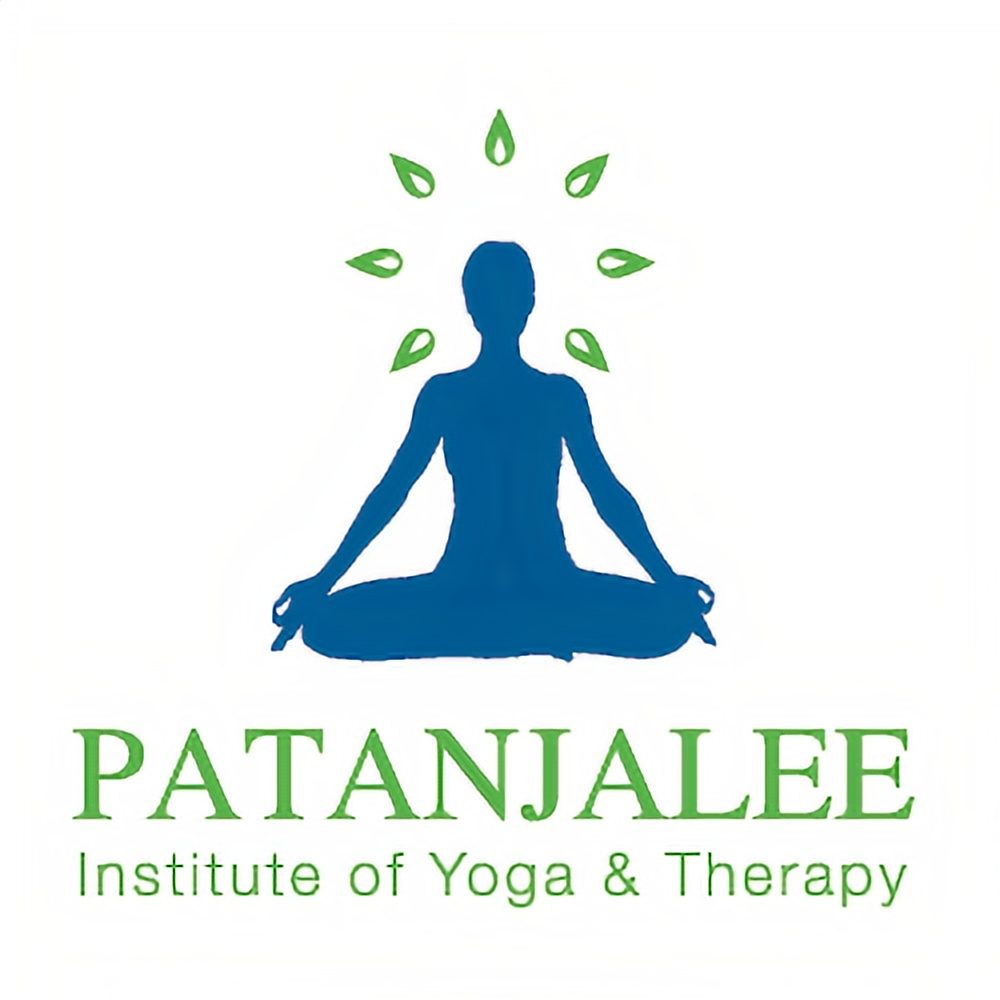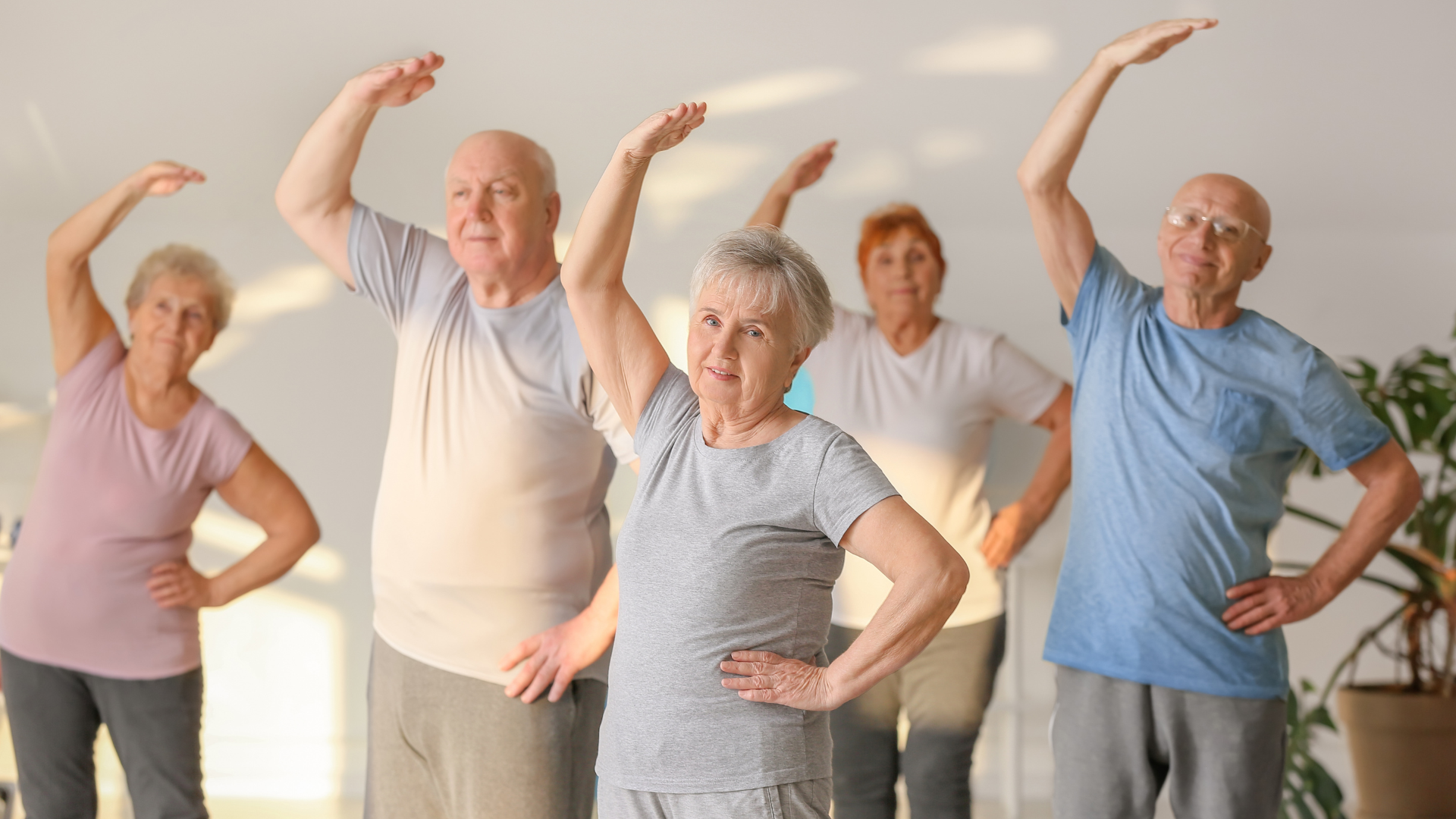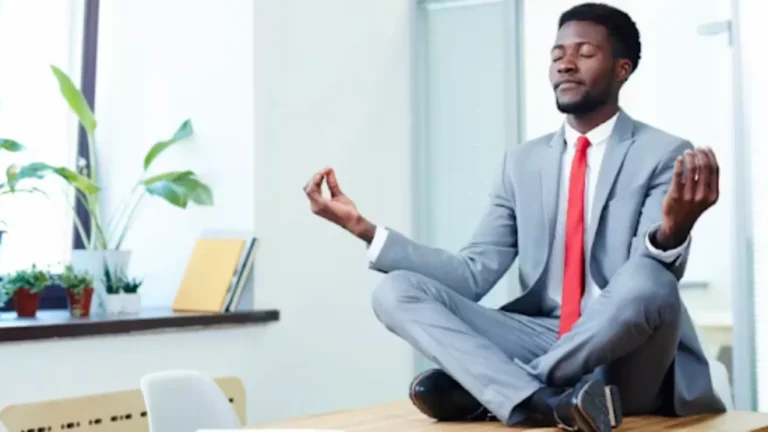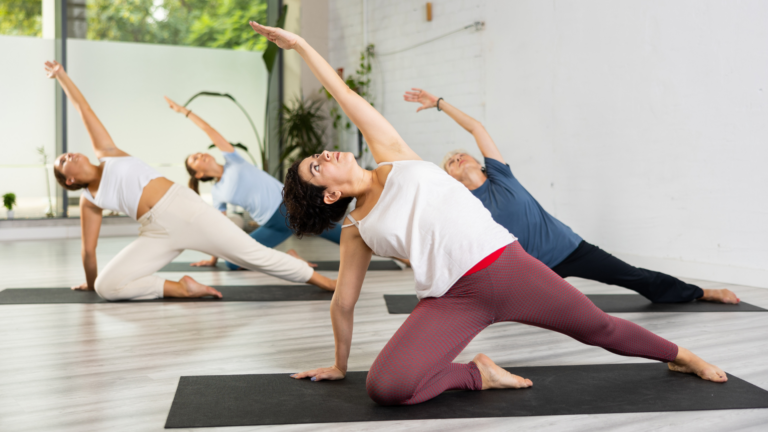Yoga and Aging: Keeping Flexible and Strong as You Get Older
As we gracefully navigate through the years, keeping our bodies flexible and strong becomes more important than ever. Yoga is a powerful tool for this, offering benefits that go beyond just the physical. Whether you’re already a seasoned yogi or just curious about dipping your toes into this ancient practice, yoga can play a pivotal role in maintaining your vitality. It’s not only about mastering challenging poses but also about fostering overall well-being and ease in daily life. So, grab your mat, and let’s dive into how online yoga classes for seniors can be your ultimate ally in embracing and enhancing your golden years!
Why Yoga?
First off, why yoga? Well, yoga isn’t just about striking those picture-perfect poses you see on Instagram. It’s a holistic practice that combines stretching, strength-building, and mindfulness. As we age, our bodies go through changes that can make it harder to stay flexible and strong. Yoga helps counteract these changes by:
- Increasing Flexibility: As we age, our muscles and joints can become stiffer. Yoga helps maintain and even improve flexibility, which is key for staying mobile and avoiding injuries.
- Building Strength: We lose muscle mass as we get older, but yoga can help keep our muscles strong. This strength is crucial for everything from balance to daily activities.
- Enhancing Balance and Stability: Falls are a major concern as we age. Yoga improves balance and coordination, helping you stay steady on your feet.
- Boosting Mental Well-Being: Aging can come with its own set of challenges, and yoga helps manage stress and maintain mental clarity through mindfulness and relaxation techniques.
Explore our blog on ” Mindfulness and Meditation: Enhancing Your Yoga Practice” to understand mindfulness and meditation more deeply.
Starting with Yoga: The Basics
Okay, so you’re on board with the idea. But where to start? Don’t worry; you don’t need to twist yourself into a pretzel to reap the benefits. Here’s how to get started with yoga in your later years:
- Choose the Right Class: Look for online yoga classes specifically designed for seniors or beginners. These classes are usually gentler and focus on balance, flexibility, and strength. Many studios and online platforms offer classes for different levels.
- Use Props: Yoga props like blocks, straps, and bolsters are super helpful for making poses more accessible. They support your body and help you get into and hold positions without straining.
- Listen to Your Body: This is crucial! Yoga is not a competition. Move at your own pace and don’t push through pain. If something doesn’t feel right, modify the pose or skip it altogether.
- Stay Consistent: Like anything, the benefits of yoga come with regular practice. Aim for at least a few sessions a week to start feeling the positive changes.
Yoga Poses for Flexibility and Strength
Here are some fantastic yoga poses to help keep you flexible and strong as you age. They’re easy on the joints and can be modified as needed.
- Mountain Pose (Tadasana)
- Why: It’s a great starting point for alignment and balance.
- How: Stand with your feet together, arms by your sides. Spread your toes and engage your thighs. Lift your chest and reach your arms overhead. Hold for a few breaths.
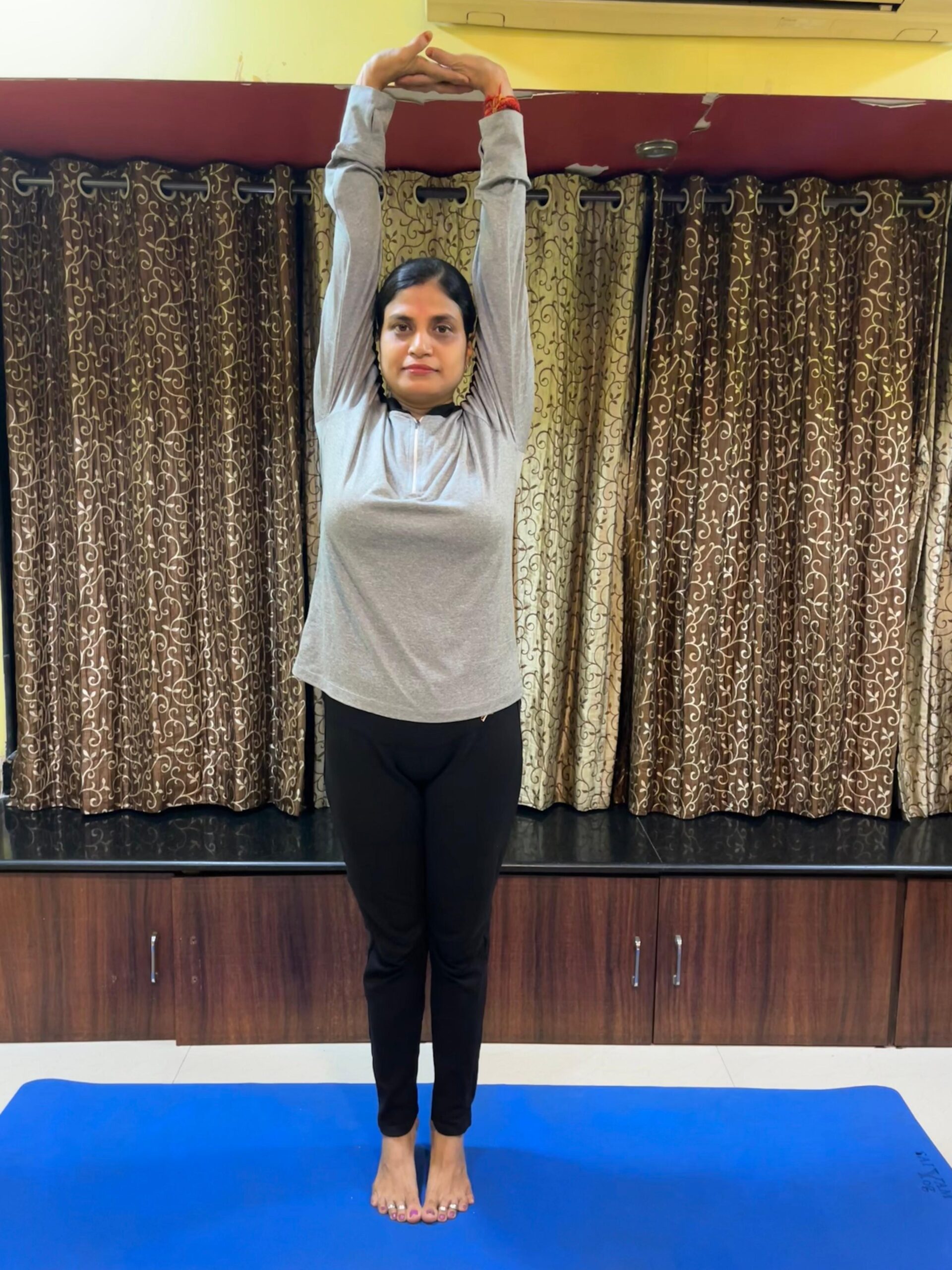
- Downward-Facing Dog (Adho Mukha Svanasana)
- Why: This pose stretches the hamstrings, calves, and back while strengthening the arms and legs.
- How: Start on your hands and knees. Lift your hips up and back, straightening your legs as much as possible. Press your heels toward the floor and relax your head between your arms.
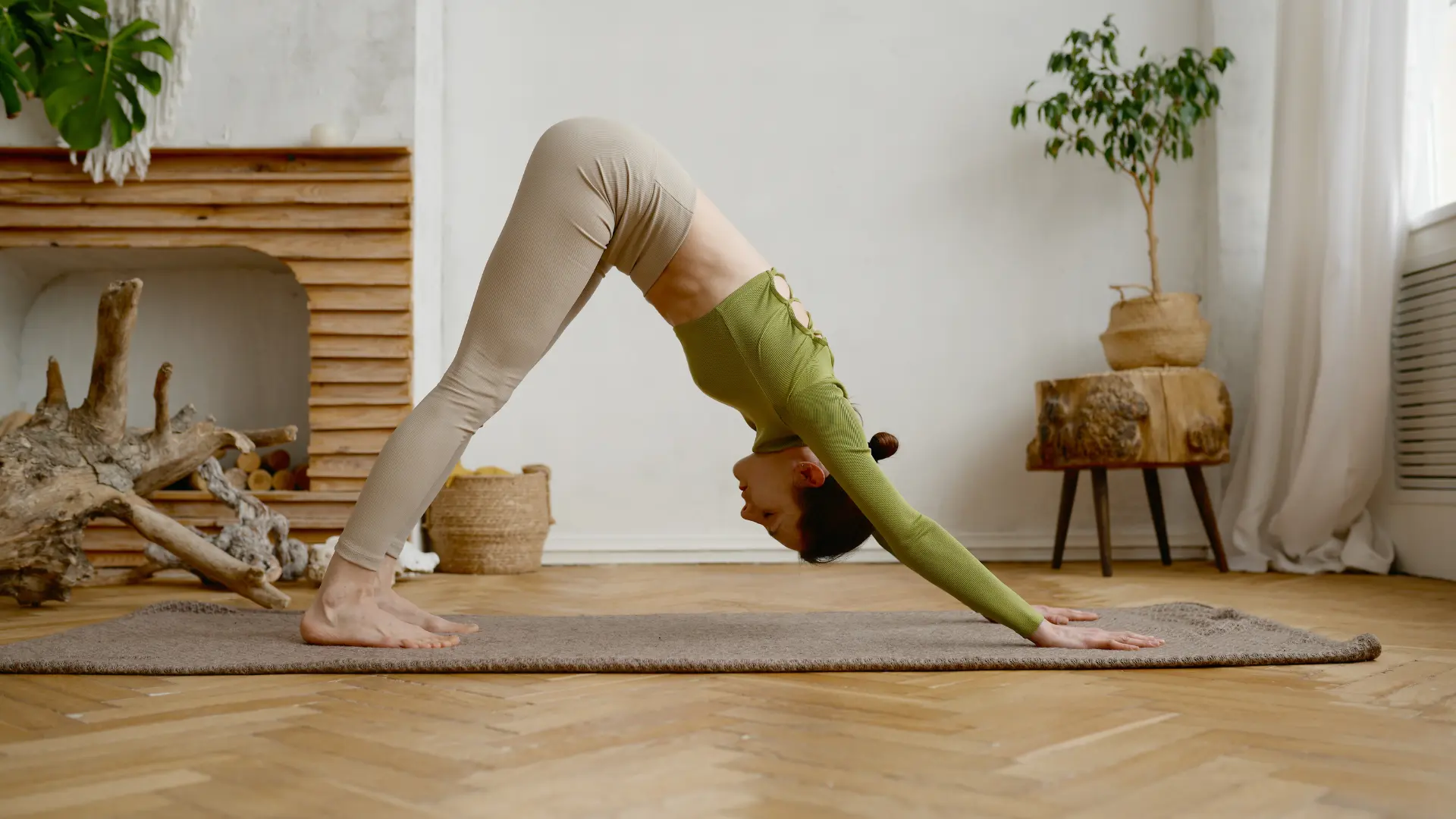
- Warrior II (Virabhadrasana II)
- Why: Builds strength in the legs and arms and improves balance.
- How: Stand with your feet wide apart. Turn your right foot out and bend your right knee. Extend your arms to the sides, palms down. Gaze over your right hand. Hold and switch sides.
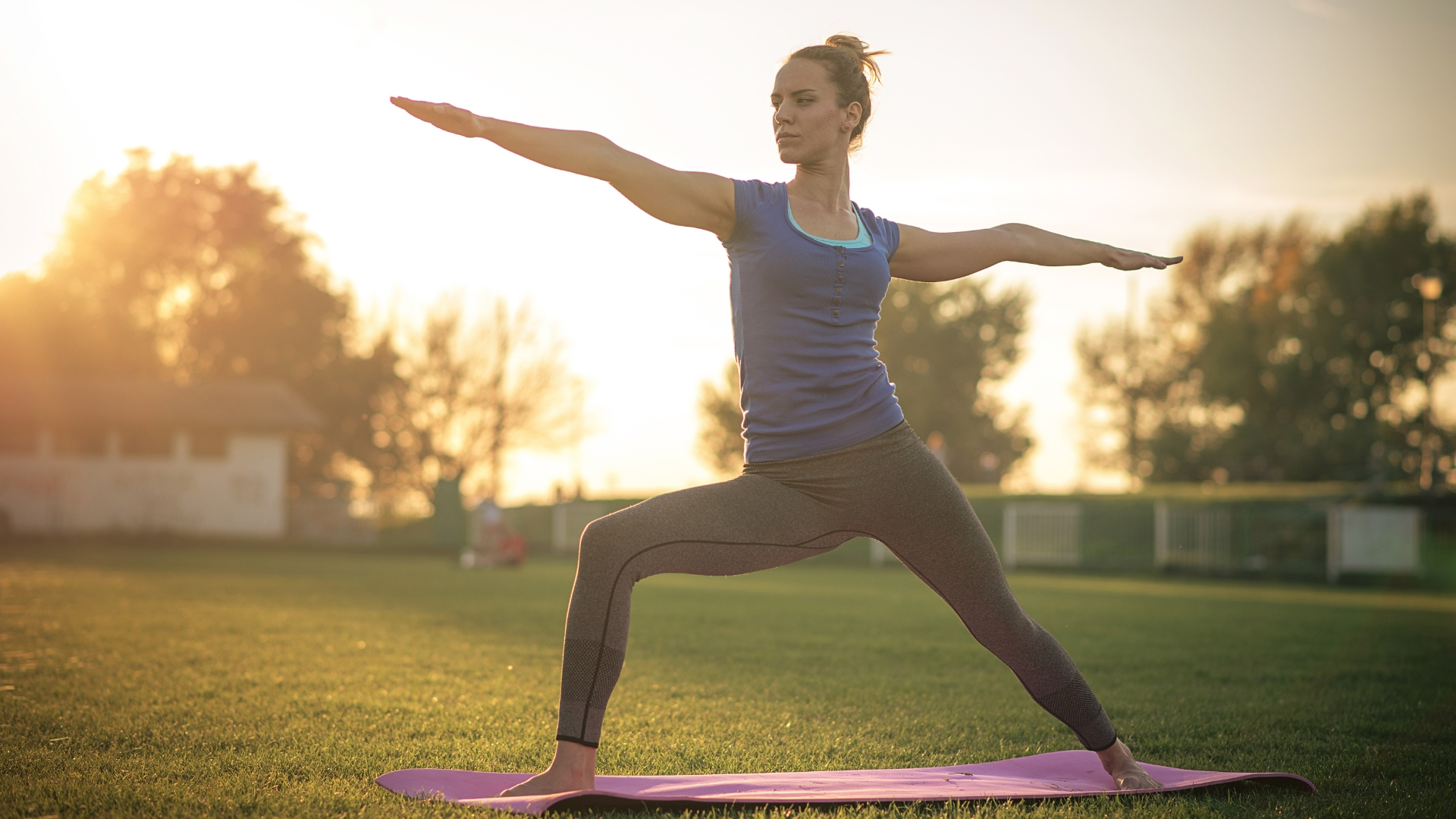
- Tree Pose (Vrksasana)
- Why: Enhances balance and strengthens the legs and core.
- How: Stand on one leg and place the sole of the other foot against your inner thigh or calf (avoid the knee). Bring your hands to your heart or overhead. Hold and switch legs.

- Cat-Cow Pose (Marjaryasana-Bitilasana)
- Why: Increases flexibility in the spine and helps with back pain.
- How: Start on your hands and knees. Inhale, arch your back and lift your head (Cow Pose). Exhale, round your spine and tuck your chin (Cat Pose). Repeat several times.


- Seated Forward Bend (Paschimottanasana)
- Why: Stretches the hamstrings and lower back.
- How: Sit with your legs extended in front of you. Inhale and lengthen your spine. Exhale, hinge at your hips and reach for your feet. Hold for a few breaths.

- Bridge Pose (Setu Bandhasana)
- Why: Strengthens the back, glutes, and legs while opening the chest.
- How: Lie on your back with your knees bent and feet flat on the floor. Press into your feet and lift your hips, rolling your spine off the mat. Hold for a few breaths and lower back down.
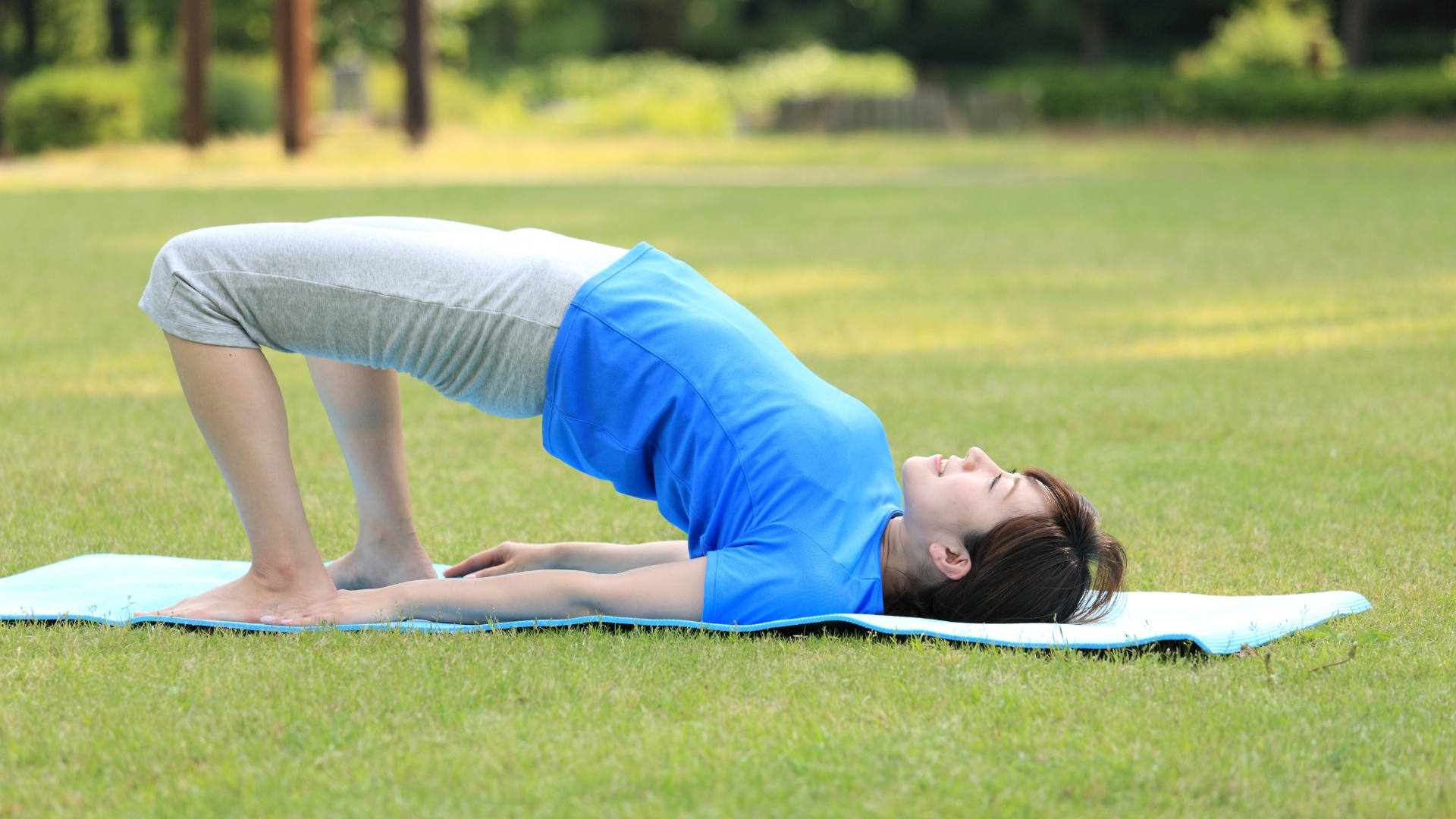
Tips for Safe Practice
Safety first, folks! Here are some tips to ensure you’re practicing yoga safely:
- Warm Up: Always start with a gentle warm-up to prepare your muscles and joints.
- Stay Hydrated: The National Academy of Medicine says men over 51 should drink about 13 cups of fluids a day, and women should aim for around 9 cups.Drink plenty of water before and after your practice.
- Avoid Overstretching: Stretch gently and avoid pushing beyond your limits.
- Seek Professional Advice: If you have any health conditions or concerns, consult with your doctor before starting yoga.
Conclusion
So, there you have it! Yoga can be a fantastic tool for maintaining flexibility and strength as you age. It’s all about finding the right approach that works for you, listening to your body, and enjoying the journey. Whether you’re looking to keep your joints limber or your muscles strong, incorporating yoga into your routine can make a big difference.
Keep it up, stay awesome, and remember: age is just a number, and with yoga, you can keep feeling great at any stage of life.
